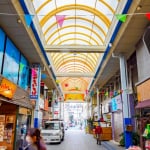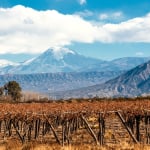Name: Nachiyama Seiganto-ji
Address: 8 Nachiyama, Nachikatsuura-cho, Higashimuro-gun, Wakayama Prefecture
Official/Related Website URL: https://www.saikoku33.gr.jp/place/1
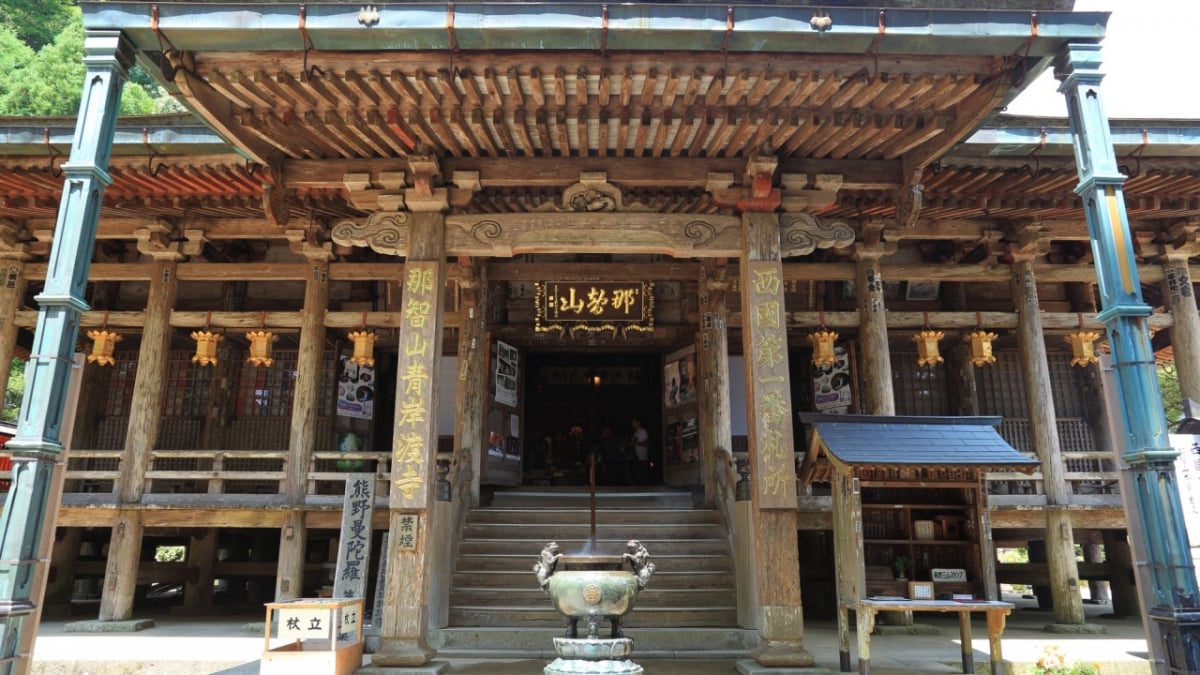
Wakayama: Highlights of Seiganto-ji! Also Introducing Nearby Tourist Spots
The main hall of Seiganto-ji is located near the Kumano Kodo, one of the most powerful spots in the Kinki region. This temple is also famous as the first pilgrimage site of the Saigoku Thirty-three Sacred Sites. It is always bustling with tourists and worshipers, welcoming visitors with healing power. It is an ideal place to enjoy nature and the seasonal scenery.
Here is some information about the history of Seiganto-ji and useful details for your visit.
table of contents
[x] close
Wakayama: Highlights of Seiganto-ji! Also Introducing Nearby Tourist Spots
- A Brief Overview of Seiganto-ji's History
- The Main Hall and Nyoirin Kannon, Carrying the Fragrance of the Momoyama Period
- The Three-Storied Pagoda, Where Beautiful Vermilion Stands Out Against Nature
- Seals and Amulets of Seiganto-ji
- Access to Seiganto-ji: Recommended by Train or Bus
- Don’t Forget Tobataki Shrine When Visiting Seiganto-ji
- For Lunch Near Seiganto-ji, Try “Cafe Codou”
A Brief Overview of Seiganto-ji's History
limbing 473 steps along a mountain path, you will see the first torii of Kumano Nachi Taisha. Passing through this torii leads to Kumano Nachi Taisha; turning right leads to Seiganto-ji.
Kumano Nachi Taisha and Seiganto-ji form an adjacent complex of shrine and temple, serving as the central site of Kumano worship that retains the remnants of the syncretism between Shinto and Buddhism from ancient times among the Kumano Sanzan. Seiganto-ji and Kumano Nachi Taisha are one and the same, and their form remains unchanged even today.
The entire area is a famous power spot. Not only can you experience the magnificent Nachi Falls with its overwhelming power, but one of Japan’s three ancient pilgrimage routes, the Kumano Kodo, is also nearby. This historic area has been visited for centuries by eminent figures seeking its spiritual energy.
In ancient times, it was called Nyoirin-do, a Tendai temple that served as the first pilgrimage site of the Saigoku Thirty-three Sacred Sites and as a major stronghold for Kumano Shugendo. During the Meiji period’s anti-Buddhist movements, the Buddhist halls of the other two Kumano Sanzan—Kumano Hongu Taisha and Kumano Hayatama Taisha—were all destroyed and can no longer be seen. However, at Kumano Nachi Taisha, the Nyoirin-do was spared destruction and later restored as Seiganto-ji.
The Main Hall and Nyoirin Kannon, Carrying the Fragrance of the Momoyama Period
The main hall of Seiganto-ji, known as Nyoirin-do, is a temple that evokes the remnants of the Momoyama period. It is one of the oldest structures in the Nanki region and is designated as an Important Cultural Property of Japan, as well as part of a UNESCO World Heritage Site.
Highlights include not only the beautiful scenery but also a number of historic buildings that evoke the past. The imposing main hall, which was also loved by Taikō Hideyoshi, and the “Tabunoki” tree towering to the side are impressive. The Tabunoki is an ancient sacred tree with an estimated age of 700 years, revered as a divine tree. It is a giant that has witnessed the history of Kumano for a long time. Behind the main hall is the Nachi Falls Observatory, a popular photo spot where Nachi Falls and the vermilion three-storied pagoda create a stunning view.
In the main hall of Seiganto-ji, enshrined is Nyoirin Kannon. It is said to grant countless treasures at will and bestows blessings for wealth, property, wisdom, power, and virtue according to one’s wishes. The principal image, Nyoirin Kannon, is a hidden Buddha, so you may not always be able to see it. It is displayed irregularly, so if you plan to visit Nachi, please check in advance if it is open. With a little luck, you may be able to see it.
The Three-Storied Pagoda, Where Beautiful Vermilion Stands Out Against Nature
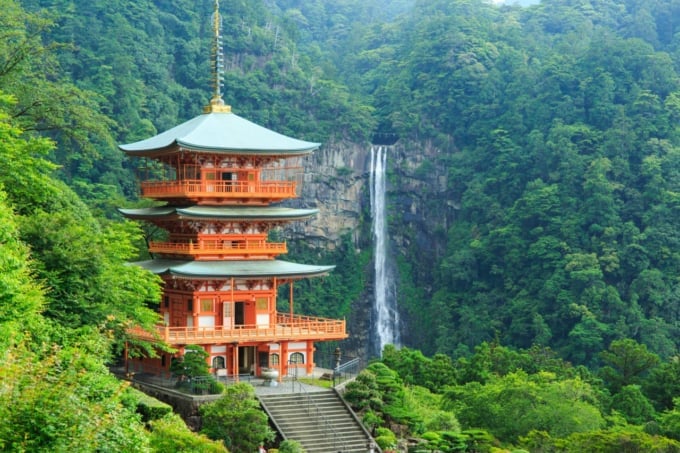
The three-storied pagoda is one of the most eye-catching structures in Seiganto-ji. The bright red pagoda stands about 25 meters tall.
It burned down once in 1581 during a time of warfare but was rebuilt in 1972. The Hitataki Gongen Hondo Senju Kannon is enshrined within. The second and third floors serve as observation decks, and the view of Nachi Falls from there is popular. You can also appreciate the grand scale of the falls from this distance. It is known as a great photo spot for the falls, so be sure to take some commemorative photos.
Seals and Amulets of Seiganto-ji
When visiting Seiganto-ji, be sure to receive a seal (goshuin). After all, it is the foremost site of the Saigoku Thirty-three Sacred Sites, and the seal is the proof of your pilgrimage. You can receive it for 300 yen. (*Price as of December 2019)
Many amulets are also sold. There are amulets in the form of crystal bracelets, and even longevity chopsticks are bestowed. Choose the amulet that suits you best.
Access to Seiganto-ji: Recommended by Train or Bus
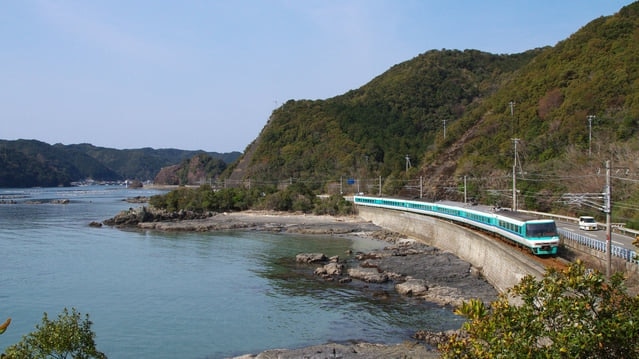
The nearest station is “Kii-Katsuura” on the JR Kisei Main Line. From Kii-Katsuura Station, it takes about 30 minutes by Kumano Kotsu bus to the Nachiyama bus stop.
《For those using a car (private car or rental car)》
There are parking lots scattered around the area. The Nachiyama Tourist Center normally offers free parking (500 yen during busy periods; *Price as of December 2019).
You can also use the free parking lot of “Wakaya” at the far end of the main street lined with souvenir shops. It is very convenient with the steps of the main approach right in front.
In the center of the main street is a disaster prevention road leading to Seiganto-ji. There is a parking lot at the end of the road, but it costs 800 yen for tolls and parking fees. However, since you can reach Seiganto-ji without climbing stairs, it is recommended for those with mobility issues or families with small children.
*The information provided is as of December 2019.
Don’t Forget Tobataki Shrine When Visiting Seiganto-ji
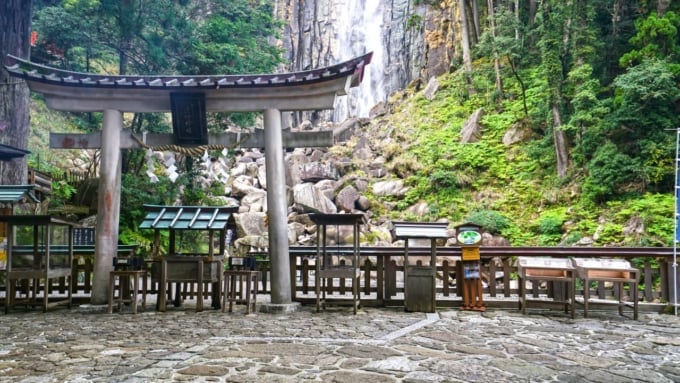
Tobataki Shrine, a branch shrine of Kumano Nachi Taisha, is located right in front of the falls. It is recommended, especially since the area around Seiganto-ji is filled with deep, mystical power spots. Tobataki Shrine enshrines Nachi Falls as its sacred object.
With a 10-meter drop, the waterfall is Japan’s deepest famous fall, and its sight, cascading from deep within the Kumano mountains, is breathtaking. Every year on July 9 and December 27, the “Omotaki Nagehishiki” ritual is held. For an entrance fee of 300 yen, you can approach the prayer area right beside the falls. When visiting Seiganto-ji, be sure to stop by here.
*Prices are as of December 2019
Name: Nachi-no-Taki Tobataki Shrine
Address: 1 Nachiyama, Nachikatsuura-cho, Higashimuro-gun, Wakayama Prefecture
Official/Related Website URL: http://kumanonachitaisha.or.jp/
For Lunch Near Seiganto-ji, Try “Cafe Codou”
If you plan to have lunch during your visit to Seiganto-ji, “Cafe Codou” is recommended.
It is a stylish café located near the Daimonzaka of Nachi Falls, where you can enjoy daily-changing lunch menus, carefully prepared curry, and delicious cakes. Housed in a renovated traditional building, it offers a pleasant atmosphere for a leisurely meal. Lunch is served from 11:00 to 14:00, with both lunch menus and curry available.
Name: Cafe Codou (Cafe codou)
Address: 3009-5 Ichinono, Nachikatsuura-cho, Higashimuro-gun, Wakayama Prefecture
RELATED ARTICLES
REGIONS
CATEGORIES
FEATURED ON Wakayama
-

Taiji Town, Wakayama Prefecture: The Birthplace of Japanese Whaling! 5 Recommended Whale-Related Tourist Spots
-
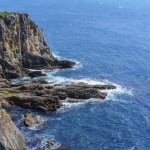
[Shirahama Town, Wakayama Prefecture] Sandanbeki Sightseeing Guide | Experience the Overwhelming Power of the Sea
-

Savor Fresh Tuna in a Town of Mysterious World Heritage! 7 Must-Visit Tourist Spots in Nachikatsuura
-
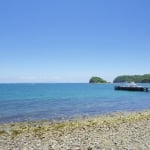
6 Must-Visit Tourist Spots in Kada, Wakayama
-

5 unique spots in Aridagawa Town, Wakayama Prefecture, where you can enjoy nature and history
MOST POPULAR ON Wakayama
-
 1
1Doha: Must-see Attractions in the Capital of Qatar
-
 2
2Toronto: 10 Things to do in this Picturesque Canadian City
-
 3
3Amarillo: A City Famous for It’s Amazing Canyons, Great History and Music
-
 4
4South Korea: Dazzling Scenery, Rich Culture and Fascinating History
-
 5
5Kuwait: A Country in Middle East Asia Famous for Hot Sand Dunes and Stunning Cityscape

